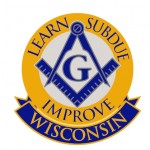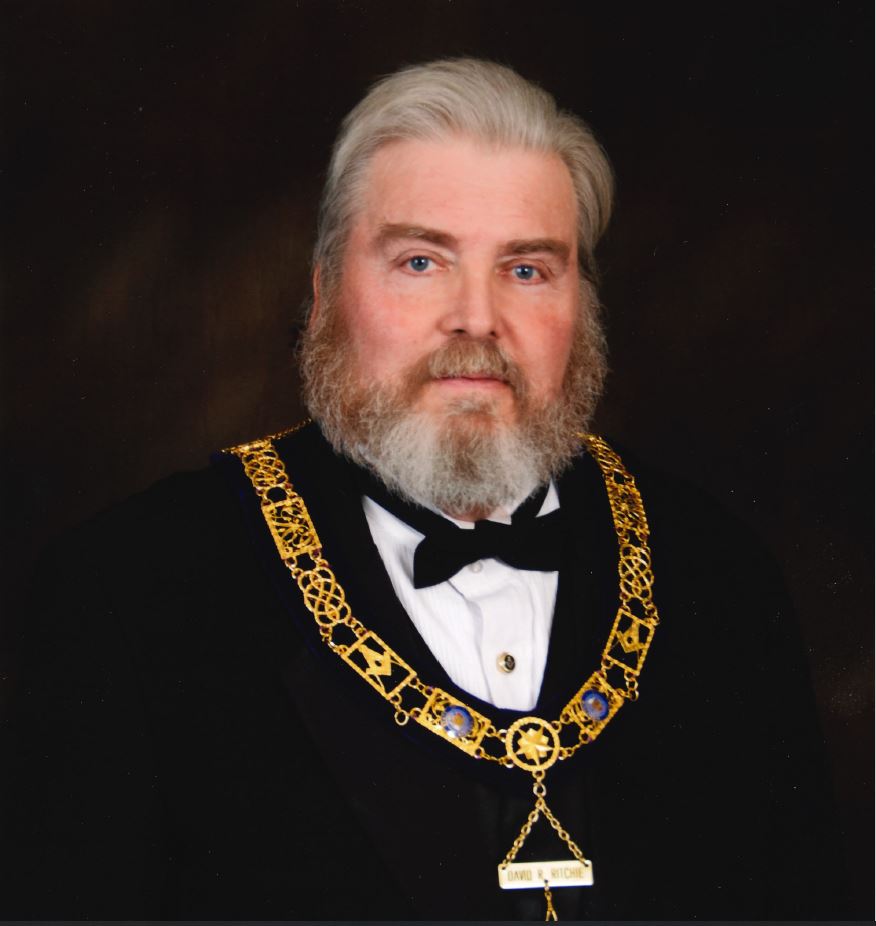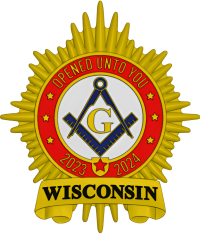 As many of you may know, one of my great loves is woodworking, and it is a hobby that I have enjoyed for years. Because of this addiction, I am constantly working on our house ––building, rebuilding or replacing something. Some time back I decided that the stairs in our basement needed replacing, so as I usually do, I set out to make the needed improvements. Normally, because of their use, stairs are built from a fairly hard, durable wood, such as Douglas fir or a manufactured lumber product; but fir usually finishes with a reddish tint to it, which we did not want, and manufactured lumber needs to be covered, usually with carpet, which also was not what we were looking for.
As many of you may know, one of my great loves is woodworking, and it is a hobby that I have enjoyed for years. Because of this addiction, I am constantly working on our house ––building, rebuilding or replacing something. Some time back I decided that the stairs in our basement needed replacing, so as I usually do, I set out to make the needed improvements. Normally, because of their use, stairs are built from a fairly hard, durable wood, such as Douglas fir or a manufactured lumber product; but fir usually finishes with a reddish tint to it, which we did not want, and manufactured lumber needs to be covered, usually with carpet, which also was not what we were looking for.
Because of my love of woodworking, I have on hand a variety of lumber species typically found in northern Wisconsin; maple, oak, birch, pine and aspen, or “popple”as it is most commonly called in our part of the Northwoods. Aspen, unlike the others, it is not normally used in wood shops, but is a species very heavily used in the home construction business, which where the aspen I had was destined to go. After it was left to season for a year, I used it to frame up my garage, and when the garage was finished I had a considerable amount left over. Unfortunately, not having enough inside storage, I covered it and stored it outside for several years exposed to the elements. Knowing what happens to boards, especially aspen, when left to the elements, I had no idea what to expect when I uncovered them, and was not overly hopeful or optimistic that they would be usable. Uncovered, it resembled lumber only by its shape. Seeing this, I assumed that the planks were destined for the burn pile; but then I thought, “Well, might just as well run one through the planer and see what comes out the other end —nothing to lose except a little time”.
After several passes, and to my great surprise —change. After the third pass or so, the true character of the wood started to emerge, transforming from a questionable piece of wood into a clean, solid plank with the most beautiful natural coloring one could imagine. Aspen, normally a wood with little noticeable grain in its unfinished state, started showing the early stages of “spaulting”, a process that in its earliest stages changes the color of the wood without destroying its strength. This bland lumber had slowly transformed into beautiful planks patterned with shades of brown, blue, tan and even green, its inner beauty hidden from view waiting to be discovered. All that was needed was to plane them down to discover that inner beauty, finish them to protect from wear, with the end result being a set of beautiful, naturally finished stairs to enjoy for years to come; and all of this from lumber I almost discarded. Now every time we use those stairs, we are reminded of the beauty that nature, over a period of years, gave to those boards. To this day, it gives me cause to reflect how, based on their outward appearances, I almost threw them away without even trying to ascertain if they were of any use, totally ignorant of the beauty and strength that lay within.
As I was in my wood shop working on our stairs, a certain Masonic parallel between my project and the process of making a Mason came to mind. When a new candidate is introduced to the Lodge, few have any idea what kind of Mason this new Brother will become. Perhaps we even think, from outward appearances, this may not have been the best choice for him or us. All we have is the “Rough Ashlar”, the Unknown, his true potential hidden. However, we bring him into the Fraternity, and metaphorically and symbolically, transform him in our “Masonic workshop”. We confer the Degrees, recite the lectures and charges. We explain the use and meaning of the working tools, teach him our Tenants, the Cardinal Virtues, the obligations, the subjects that are the heart and soul of our fraternity; and through this process, we see our new Brother, similar to my lumber, go through the transformative process so familiar to us. His inner character starts to emerge, and soon the Rough Ashlar starts transforming into the Perfect Ashlar. He inquires and endeavors to understand the lessons of the Craft, seeking to understand our Masonic teachings and incorporate them into his own life. As he grows, he takes his place among us, doing as we all strive to do – continually building and strengthening that inner spiritual temple, becoming a better man, husband, and father, a better citizen; a role model, respected and admired by all who know him. In his turn, he becomes a “Master Craftsman”, teaching others the lessons he was taught, he becomes one to whom others go for advice and counsel, a pillar in his lodge and our fraternity, a friend and Brother to all.
And this, my Brethren, is truly what our gentle Craft is about. Once again, as has happened countless times, it “takes the good man and makes him better”, and throughout this development process, both he and our Fraternity are made stronger, more complete. To me, this is the true “Mystery”or Secret of our Fraternity –- its ability to affect this type of transformation. Having experienced this in myself, and to see it happen in so many others is truly the “Mystery of Freemasonry”that we may never fully understand.
As we continue our Masonic Journey, let us continue to:
“Learn,
Subdue,
Improve . . .”
Fraternally,
William Beetcher
Grand Master


